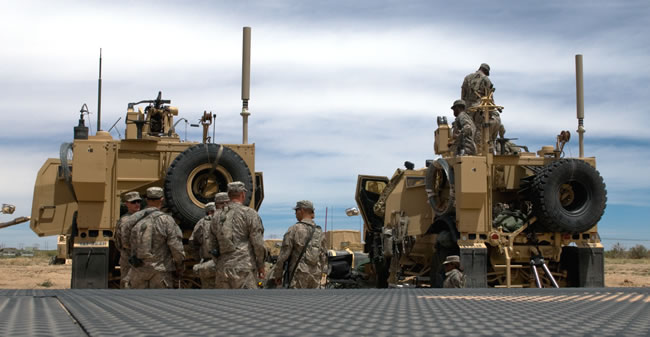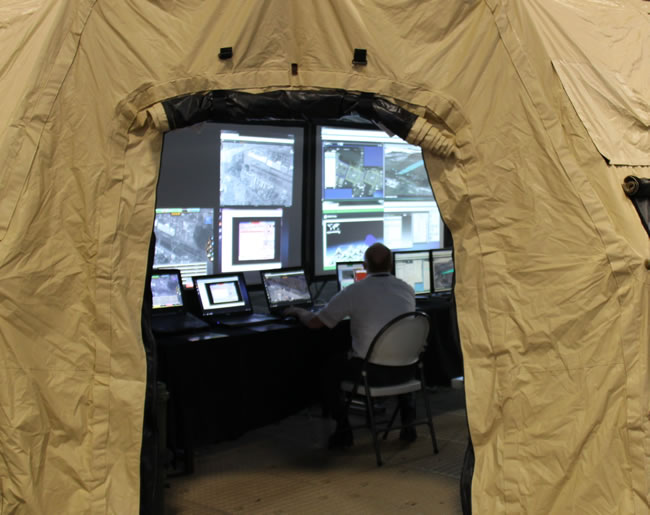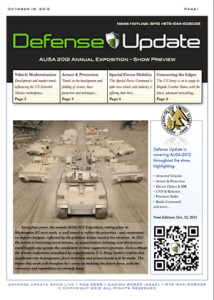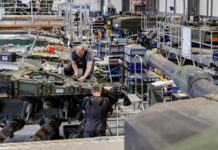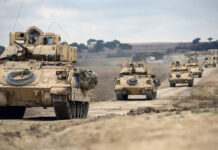
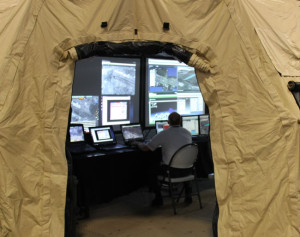
This process, known as Capability Set Management, is a significant departure from the previous practice of fielding systems individually and often to only one element of the operational force at a time. Capability Set Management is executed in a deliberate and disciplined process in accordance with the Army Force Generation (ARFORGEN) Process.
Improvements in command, control, communications and computing (C4) have been part of military modernization for decades. While in the past, such modernization focused on specific projects and capabilities, in recent years, the military is taking a holistic approach to field incremental upgrades throughout its systems, removing technological bottlenecks to maximize system efficiency, improve services and assets utilization.
To maximize the performance and efficiency of new equipment, modernization is implemented in ‘Capability Set’ delivered and installed with brigade combat teams, through all their command elements and subordinate units. The current upgrades implemented in the CS 13 phase addresses 11 critical Operational Need Statements submitted by theater, giving commanders and soldiers vastly increased abilities to communicate and share information. Significant capability enhancements include Mission Command on the Move, allowing leaders access to network capabilities found in Tactical Operation Centers while mounted in combat vehicles; other applications in CS13 are delivering the network to individual soldiers at the squad level.
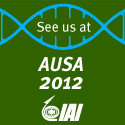
The main elements included in CS 13 are the General Dynamics C4 (GDC4S) Warfighter Information Network-Tactical (WIN-T) Increment 2, Joint Capabilities Release (JCR) Blue Force Tracker 2 from Northrop Grumman, Joint Battle Command-Platform (starting 3Q FY13), Company Command Post capability, Mission Command Common Operating Environment v1.0 and Harris tactical radios that include the AN/PRC-117G with Advanced Network Waveform 2 (AWN2), the GDC4 AN/PRC-154 Joint Tactical Radio System (JTRS) Rifleman Radio and Handheld Manpack Small Form Fit (HMS) radio and Harris AN/PRC-152A Soldier Radio Waveform (SRW) appliqué radios. For dismounted operations, yet-to be awarded Nett Warrior dismounted C2 kits will provide situational awareness and networking down to the squad leader level, while individual Soldiers will be connected with the Rifleman Radio.
Looking beyond the current Capability Sets, industry is already preparing for future broadband military network, to rely heavily on commercial protocols, and COTS. Such networks employing WiMAX or GEN 4/LTE technology, hardened for military use, could offer the services the advantages of affordable hardware, improved obsolescence and reduced development costs. Implementation of tactical networks serving military operations in contingency areas will also improve with the deployment of adequate numbers of wireless devices employing ad-hoc MESH networks. Protocols supporting these functions are already implemented in the new generations of radios. Unique applications, such as sensor feeds and ISR have specific requirements met by specific types of radios. Serving those needs are dedicated sets that are optimized for such services, using spectrum segments, waveforms and protocols optimized for high data throughput for real-time and on-demand applications.
The following topics are covered in our preview:
- Vehicle Modernization Programs
- Armor and Protection
- Special Forces Mobility
- Precision Fires
- Better Force Protection
- Connecting to the Edge
- Supporting the warfighter
These articles will be opened for all readers on Defense-Update on Sunday (21/10) and are currently available in the downloadable PDF format.
This issue is offered to Defense-Update readers as a complimentary preview issue. Forthcoming reports from the exhibition will be available nightly from Defense Update in web & PDF format, providing excerpts for all readers and full features for our paid subscribers.
You are invited to Subscribe Here!
